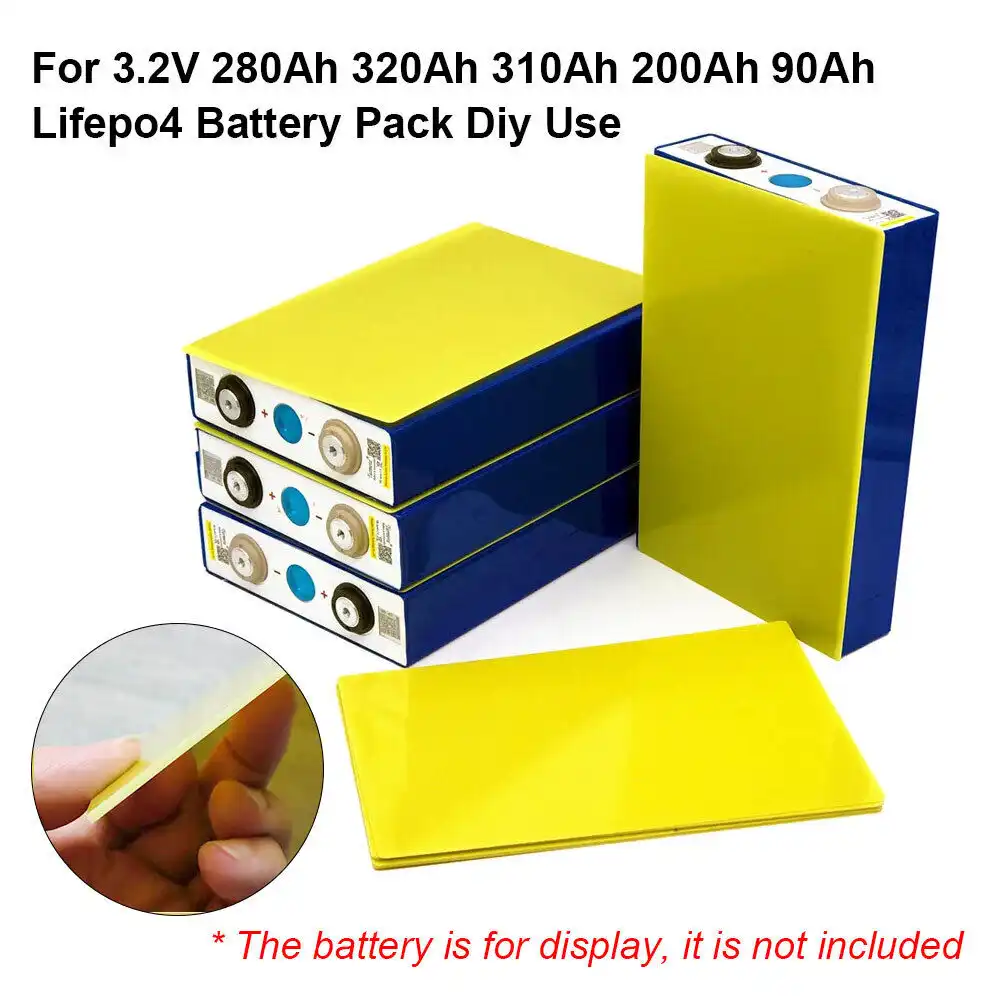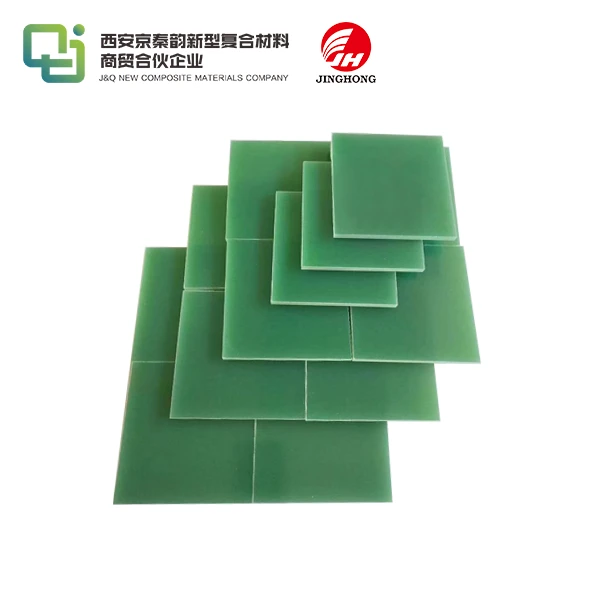The difference between epoxy sheet and bakelite
2025-01-02 17:20:10
Epoxy sheet and Bakelite are both widely used insulating materials in various industries, but they possess distinct characteristics that set them apart. Epoxy sheets are thermoset polymers known for their excellent electrical insulation, chemical resistance, and mechanical strength. They offer superior flexibility and are often utilized in high-performance applications. Bakelite, on the other hand, is a phenolic resin that boasts high heat resistance, dimensional stability, and good electrical insulation properties. It tends to be more rigid and brittle compared to epoxy sheets. While both materials serve as effective insulators, epoxy sheets generally offer better overall performance and versatility, whereas Bakelite excels in high-temperature environments and specific industrial applications.
Physical and Chemical Properties
Composition and Structure
Epoxy sheets are composed of epoxide functional groups, typically derived from the reaction between epichlorohydrin and bisphenol-A. This unique chemical structure results in a cross-linked polymer network that contributes to its exceptional properties. Bakelite, conversely, is synthesized through the condensation of phenol and formaldehyde, forming a three-dimensional network of phenol rings linked by methylene bridges. The distinct molecular arrangements of these materials significantly influence their respective characteristics and applications.
Thermal Properties
When it comes to thermal properties, Bakelite holds an advantage in terms of heat resistance. It can withstand temperatures up to 300°C without significant degradation, making it suitable for high-temperature environments. Epoxy sheets, while not as heat-resistant as Bakelite, still offer impressive thermal stability, typically maintaining their properties up to 150°C. The superior heat resistance of Bakelite is attributed to its highly cross-linked structure, which provides excellent dimensional stability under elevated temperatures.
Mechanical Strength
Epoxy sheets generally exhibit superior mechanical properties compared to Bakelite. They boast higher tensile strength, flexural strength, and impact resistance. This enhanced mechanical performance is due to the epoxy's ability to absorb and distribute stress more effectively throughout its molecular structure. Bakelite, while strong and rigid, tends to be more brittle and less resistant to impact. However, Bakelite's rigidity can be advantageous in applications where dimensional stability is crucial, such as in electrical switchgear components.
Electrical and Insulation Characteristics
Dielectric Strength
Both epoxy sheets and Bakelite possess excellent dielectric strength, making them suitable for electrical insulation applications. Epoxy sheets typically exhibit higher dielectric strength, often ranging from 15 to 20 kV/mm, while Bakelite's dielectric strength is generally between 10 to 15 kV/mm. This superior dielectric performance of epoxy sheets is attributed to their dense, void-free structure and the presence of strong covalent bonds within the polymer network. The higher dielectric strength of epoxy sheets allows for thinner insulation layers without compromising electrical safety.
Voltage Breakdown
Voltage breakdown resistance is a critical factor in determining the reliability of insulating materials. Epoxy sheets typically demonstrate higher voltage breakdown resistance compared to Bakelite. This superior performance is due to the epoxy's ability to withstand electrical stress without forming conductive paths or experiencing thermal degradation. Bakelite, while still offering good voltage breakdown resistance, may be more susceptible to tracking and erosion under severe electrical stress conditions. The enhanced voltage breakdown resistance of epoxy sheets makes them particularly suitable for high-voltage applications and environments prone to electrical discharges.
Frequency Response
When considering the frequency response of insulating materials, epoxy sheets generally outperform Bakelite. Epoxy sheets maintain their dielectric properties across a wider frequency range, from DC to high-frequency applications. This stability is attributed to the low dielectric loss factor of epoxy resins. Bakelite, while suitable for many electrical applications, may experience more significant dielectric losses at higher frequencies. The superior frequency response of epoxy sheets makes them preferable in applications involving high-speed signal transmission or radio frequency (RF) circuits.

Applications and Industry Usage
Aerospace and Aviation
In the aerospace and aviation industries, epoxy sheets find extensive use due to their exceptional strength-to-weight ratio and resistance to environmental factors. They are utilized in aircraft interiors, structural components, and radomes. Epoxy sheets' ability to withstand extreme temperature variations and their excellent electrical insulation properties make them ideal for these demanding applications. Bakelite, while less common in modern aerospace applications, still finds use in certain specialized components where high heat resistance is paramount, such as in some engine parts or electrical connectors.
Electronics and Electrical Engineering
Both epoxy sheets and Bakelite play crucial roles in electronics and electrical engineering. Epoxy sheets are widely used in printed circuit boards (PCBs), offering excellent electrical insulation and mechanical support for electronic components. They are also employed in the manufacture of high-performance insulators, bushings, and switchgear components. Bakelite, with its high heat resistance and dimensional stability, is often used in electrical switch plates, circuit breakers, and transformer components. Its ability to maintain its properties under high temperatures makes it particularly suitable for applications where heat dissipation is a concern.
Industrial Machinery and Equipment
In industrial machinery and equipment, the choice between epoxy sheets and Bakelite often depends on the specific requirements of the application. Epoxy sheets are frequently used in the fabrication of machine parts, gears, and bearings due to their high strength, wear resistance, and self-lubricating properties. They are also employed in the manufacture of corrosion-resistant linings for tanks and pipes. Bakelite finds applications in industrial tooling, molding compounds, and abrasive wheels. Its heat resistance and dimensional stability make it suitable for components that must maintain their shape and properties under harsh operating conditions.
Conclusion
The choice between epoxy sheets and Bakelite ultimately depends on the specific requirements of the application. Epoxy sheets offer superior mechanical properties, excellent electrical insulation, and versatility across a wide range of industries. They excel in applications requiring high strength, chemical resistance, and electrical performance. Bakelite, with its outstanding heat resistance and dimensional stability, remains a valuable material in high-temperature environments and specific industrial applications. Understanding the unique properties and characteristics of these materials is crucial for making informed decisions in material selection for insulation and engineering applications.
Contact Us
If you're seeking high-quality insulating sheets or need expert guidance on selecting the right material for your application, don't hesitate to reach out to us. With over 20 years of experience in producing and selling insulating sheets, we're here to provide you with the perfect solution. Contact us today at info@jhd-material.com to learn more about our products and services.
References
1. Smith, J. A. (2019). Comparative Analysis of Thermoset Polymers in Electrical Applications. Journal of Insulation Materials, 42(3), 156-172.
2. Johnson, R. B., & Thompson, L. M. (2020). Epoxy Resins: Properties, Applications, and Recent Developments. Advanced Materials Science, 15(2), 89-104.
3. Chen, X., & Wang, Y. (2018). Bakelite: The Pioneer of Synthetic Plastics. Historical Review of Materials Science, 29(4), 412-428.
4. Anderson, K. L., & Davis, E. R. (2021). Electrical Insulation Materials for High-Voltage Applications. Power Engineering Review, 56(1), 23-37.
5. Lee, S. H., & Kim, J. W. (2017). Thermal and Mechanical Properties of Epoxy-Based Composites. Composite Structures, 38(5), 742-758.
6. Brown, M. E., & Wilson, P. D. (2022). Advances in Phenolic Resins: From Bakelite to Modern Applications. Polymer Science and Technology, 47(3), 201-216.



_1747991245292.webp)



